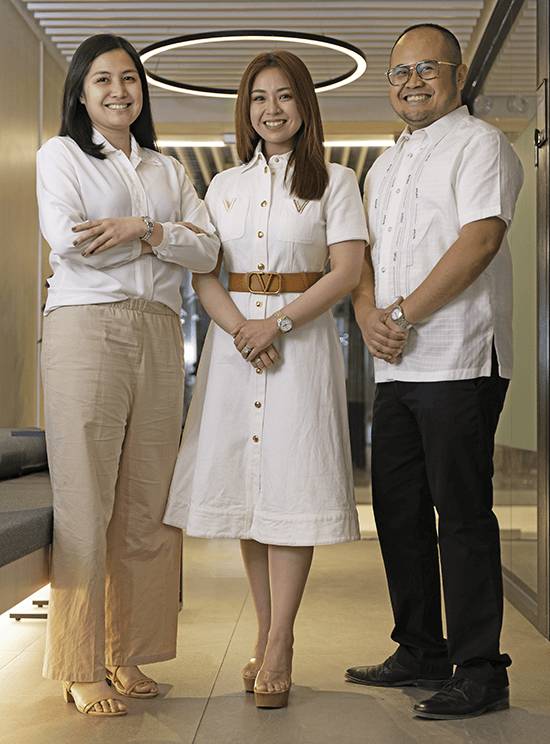The Philippine STAR has always maintained an enigmatic presence beyond its pages, with only a few privileged to witness the extensive process of news production and printing. As The Philippine STAR outgrew its original shell, it sought a new identity—a story waiting to be told.
A unique design journey
Given the limited case studies, our design exploration was not just a challenge but a unique journey deeply rooted in collaboration. We embarked on this journey with Philippine STAR, crafting an architecture that not only resonates with their audience and represents their identity but also serves as a medium to tell stories without constraints. This collaborative effort was not merely a part of our process but a critical tool that shaped our planning and form-finding, making each stakeholder an integral part of the project.
Through this collaboration, we contribute to the story, the story of Filipinos—each a ripple in time where the most remarkable parts of history are those most written about. Like a stone creating ripples in a pond, significant news stories pinpoint specific moments and extend their influence far beyond their occurrence. The Philippine STAR represents this ripple of truth: the unfolding of history with each published article as it reaches Filipinos wherever they are in the world, creating ripples as it transcends events into monuments.
Design as a conversation
‘Design as a Conversation’ was not just a part of our process but a critical tool that shaped our planning and form-finding. We meticulously scheduled surveys and interviews, engaging with various departments to understand their operations and interactions to enhance their effectiveness. This approach allowed us to observe how stories transformed into words and how those words were printed and distributed, guiding us in creating a design that not only represents The Philippine STAR’s identity and impact but also fosters a better working environment, promoting creativity, collaboration, and well-being.

The composition relied on developing an impactful arrival impression where the site’s assets and strengths benefit the building. The primary access road led to a dead-end street, defining a lateral that presented the possibility of a strong presence of a narrow and elongated structure. To reduce the weight of the composition, the volume was lifted and cantilevered on all sides, emphasizing the building’s direction. The void generated became a natural arrival point. Fortunately, the strong side faced north, allowing a full glass façade with an emphasis on ‘maaliwalas,’ letting in much-needed light and visual permeability.
An enduring ripple of legacy
March 16, 2020, was notable not only because of the lockdowns at the onset of the COVID-19 pandemic but also because it marked the moment when we determined how the building would create the new identity of The Philippine STAR: the ripple. The ripple enables dynamism or movement in a still structure. It is a play of terraces where the walls form an outward wave. While it evokes conversation, it represents the lasting impact of The Philippine STAR as a source of everyday truths for Filipinos.
In reinforcing the mantra “The Truth Shall Prevail,” we set out to express material honesty by being greeted with chiseled stone to contrast the transparency of glass. The stone grounds the impression of space, and as one ascends, the stone shifts as the walls transform into metal cladding plates that contain the stories transferred to print. The plates, often underrepresented and usually discarded, play an essential product in The Philippine STAR and are rarely shown. The common spaces, intersection points of different offices, are planned as pantries, usually as back-end spaces. These interaction zones provide reprieve and, possibly, the starting point for new stories. The positive transformation in the design will hopefully contribute to a better working environment showcasing people and stories at its core.
The conversations transformed into architecture are a testament to a story that has been told. The Philippine STAR’s new identity may start as a ripple, but it will resonate through years to come. This enduring legacy will stand as a testament to the resilience and adaptability of The Philippine STAR, ensuring its continued relevance and influence in the years to come.
